14 Feb2018
What to do in Sighisoara Romania – one of the best preserved fortified towns in Europe
Sighisoara is a medieval fortified town in the Mures County in Transylvania, Romania. It was proclaimed a UNESCO World Heritage Site in 1999. Multiculturality makes it even more interesting. Most of the 30,000 inhabitants are Saxons, Romanians and Hungarians. In this article I will tell you more about what to do in Sighisoara Romania, which according to many, is one of the best preserved fortified towns in Europe.
There’s more than 140 fortified churches in the area. We are talking of churches with defensive walls around them. The fortified churches in villages are the most important attractions in Transylvania. Sighisoara is just one of many. The one I fell in love with :) Sighisoara was not the richest nor the biggest of the 7 Saxon fortified towns in the area. However, its unique beauty still makes it one of the most visited destinations up to day.
Sighisoara consists of 2 parts: the Medieval one on top of the hill is called Sighisoara Citadel, while the lower part of Sighisoara lies in the valley of Târnava Mare river outside of the fortification walls.
What to do in Sighisoara Romania
1. Craft towers
From the parking lot we climbed up a hill and entered the Sighisoara citadel through one of the old gates. In the Medieval Ages, Sighisoara used to be an important city of craftsmen. They used to have 15 guilds and 20 handicraft branches. 14 of them would have their own towers where the craftsmen would work. Nowadays only 9 towers remain, each of them keeping the name of the original craft. We got inside the citadel through the Butcher’s tower. In summer we can find live workshops inside the towers. Not in winter though, as there is no heating in the towers which makes it even colder than outside. Would be unbearable to work in the towers with frozen fingers, right?
In the past, only Saxon people were living and working in the towers inside the citadel. Romanian people would work for the Saxons and live in houses outside of the citadel.
2. Clock tower
We entered the Clock tower where there is a small museum also with a replica of old Sighisoara town. What I found interesting was a small wooden storage inside the wall. It’s a sort of a safe where the family would keep money, home-made liquor etc.
The clock itself and the whole Clock tower were designed by a local artist from Sighisoara.
I can highly recommend you to go up to the tower. The view from the top was mesmerizing! That was the best part of our Sighisoara visit, no doubt :)
3. Dracula’s birth house
Just a few metres from the clock tower, there is a yellow house at the corner of Strada Cositorarilor where we think Dracula was born. When I say Dracula, I mean Vlad Tepes, called Vlad the Impaler who is usually assocciated with Dracula. The house was converted into a restaurant. There is a fresco inside the house proving that Vlad the devil used to live in there when he was a kid. To commemorate that Vlad the Impaler always wearing a dragon on his neck, there is a silver dragon above the house door.
4. Sighisoara fortified church on the hill
I recommend you to climb covered wooden steps up to the Sighisoara fortified church located at 420 m a.s.l. It was a Catholic church dedicated to St. Nicolas. In the 16th century the church became Protestant. We can see some beautiful frescoes inside (from the 14, 15 and 16th centuries) and also tomb stones. Just one of the tomb stones is written in German, others are in Latin.
The church bells would always ring at 7 am which was a sign for women to take care of animals. Back in time, things were more organized in this area. It was more like in a German style.
When the village was going to get attacked, they would ring the church bell to ask all the families to come inside of the church. To say it in different words, in case of an invasion, all the villagers would gather inside the fortified church. That’s why there was even a small school and stored food inside the fortified church.
An organ with 500 tubes is another rarity inside of the church. And did you know there’s 60 tombs below the church?
What was super interesting is that the Sighisoara fortified church, similarly to churches in surrounding villages, has seats with no back support. Those seats were reserved for women. It was difficult to iron women’s clothes so not leaning back on the church chairs would keep clothes free of wrinkles. Another reason was for women and children to sit in the middle of the church and thus easily be surrounded by men for protection (in case of invasion etc.)
Interesting facts about Saxons and Sighisoara
- The Habsburgs were ruling this region which is why we can see a mixture of Saxons, Hungarians, and Romanians there. It’s a good example to see how all these different people managed to live together without problems. A Hungarian King sent a group of Germans, known as Transylvanian Saxons to this area in 1150. They built around 200 villages there, each with a fortified church. They also settled in 7 big Medieval Transylvanian cities. On my 3rd trip to Romania in 2017 we visited 3 of them: Sighisoara, Brasov and Sibiu.
- Saxons had democratic rules. The Saxons were all equal and they needed to vote, for example to choose a priest etc. Saxons were doing everything together in neighborhoods. One neighborhood was for people living on the same street or people doing the same craft. They all had to do community work together. Neighbors were supposed to help each other. Even when someone was building a house, working in a field, or organizing a funeral, marriage proposal, baptism etc., your neighbors had to help you. If you didn’t help, you had to leave the community. In old villages it is still the same. So for example when they organize a brunch in a village, all neighbors help to make food. Each neighborhood had a so called father of neighborhood. The father would always write the news and pass it to neighbors, they would read it and pass it to other neighbors. In a way, they all had to get along well. Nowadays there is only one or two Saxon neighborhoods per village.
- Nowadays 19,000 people live inside the Sighisoara Citadel and another 10,000 live outside of the fortification walls. For all of them who are working inside the citadel, it’s a challenge to go into the citadel every day. Climbing hills and few parking lots, not fun.
-
Saxon were very practical and their houses were all built in one line. Before them, the education was only for rich people. That’s why they built schools next to the churches to make it easier for all people to go to school.
-
If you graduated from Sighisoara school, you could go to big Universities around Europe. That’s how important was the Sighisoara school in the past.
- We saw a huge white Orthodox church from the bus when leaving the town. Sighisoara locals are now mostly of Orthodox Catholic religion.
- In medieval times the houses in Sighisoara did not have numbers on them. It was a Saxon tradition to paint houses with different colors to recognize them.
- In 1676 big part of the original wooden Sighisoara Citadel burned down in a fire. Only a handful of houses and the church on top of the hill were left undamanged. It was after the fire accident when the locals started to build stone houses. That is why the Sighisoara citadel we can see nowadays dates back to the end of the 17th century.
-
Many Saxons left these Transylvanian villages and went back to Germany, others to USA or Austria after the WWII because of the Communists. Some of them kept their houses and now return to those villages for summer holidays.
-
All the villages in this area have both Saxon and Romanian names. When you enter and leave the village you will notice village signs in both languages. The reason is to help the Saxons who moved out of Romania to recognize the villages once they come back on holidays.
- The first document mentioning Sighisoara dates back to 1192. However, Sighisoara is a Romanian word derived from Hungarian fort, and has been used as the name of the town only since 1435. Until 1435 the town had different Saxon names.
TIP: If you enjoyed my photos in this article, check out also more in my Sighisoara photo album :)
***Huge thanks goes to Experience Romania for organising my 2-week trip around Romania. I am so grateful for their effort and I was really happy to explore both well-known attractions and hidden gems of the country.

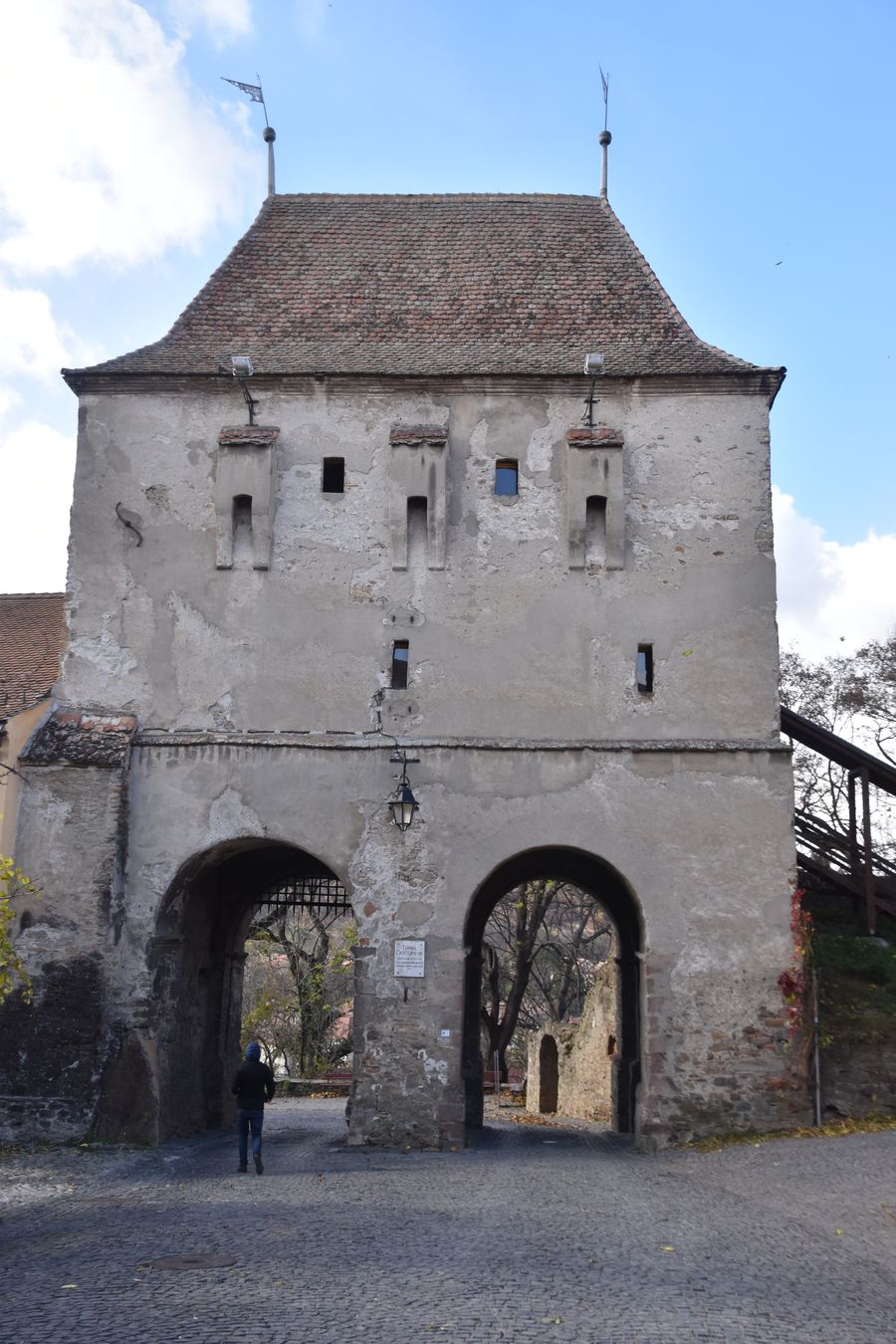
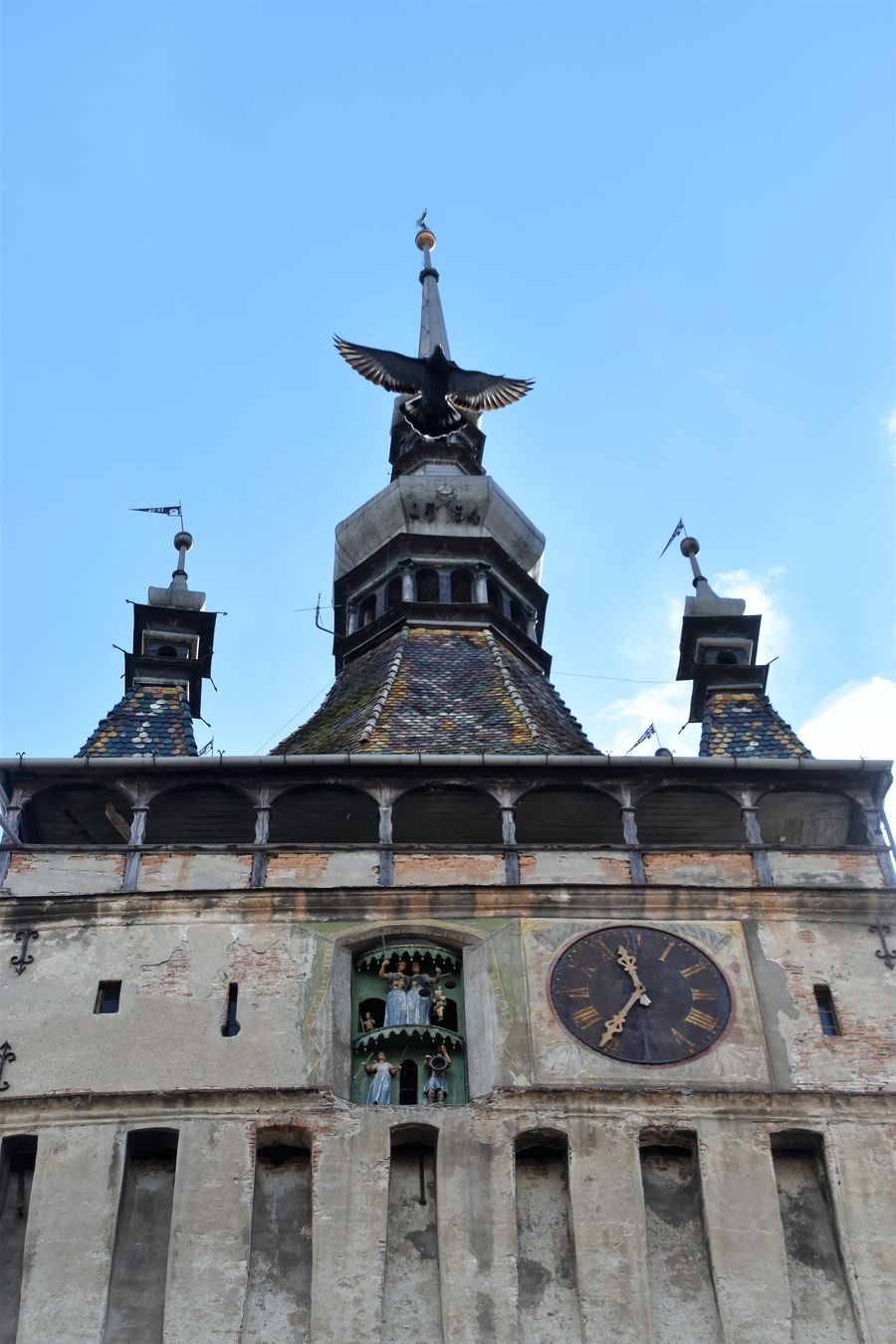
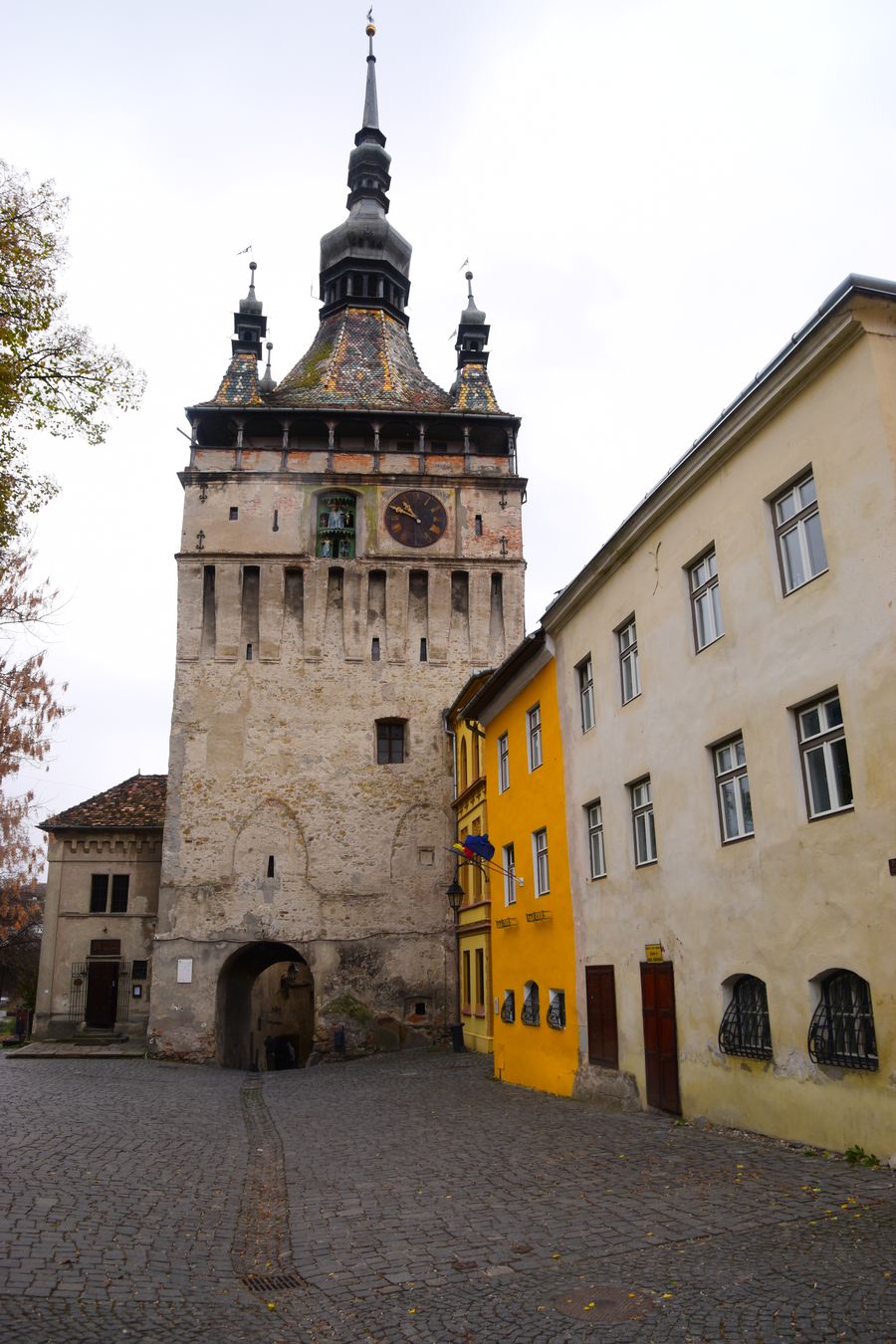
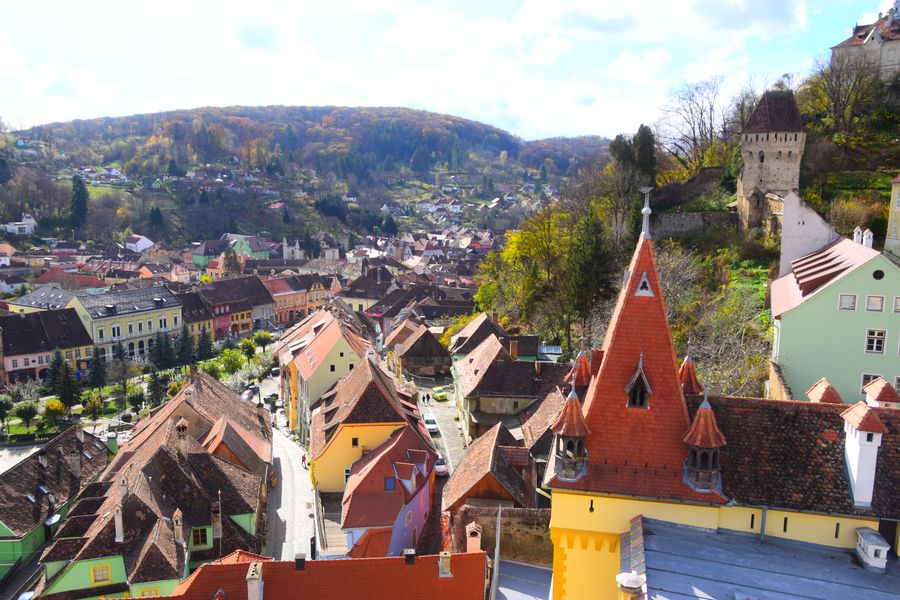
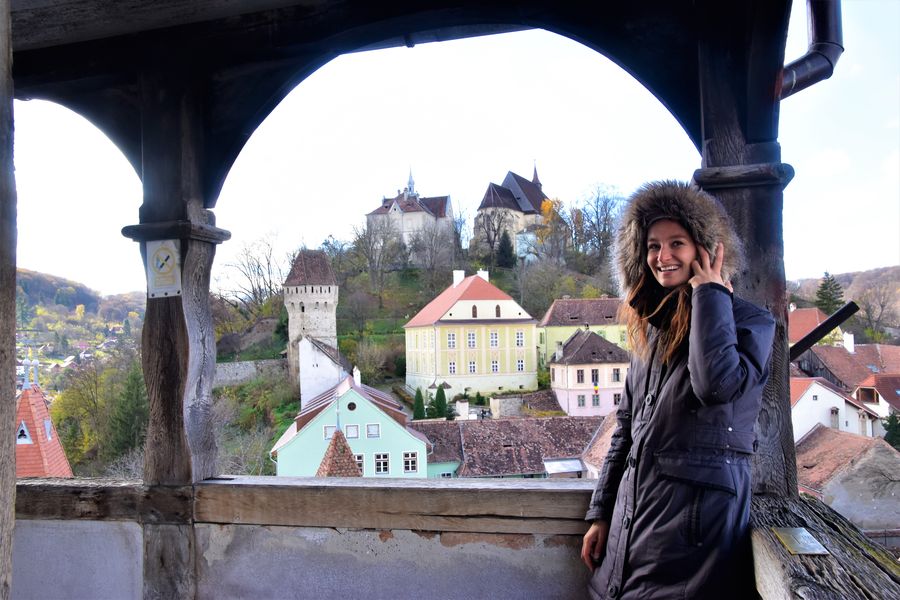

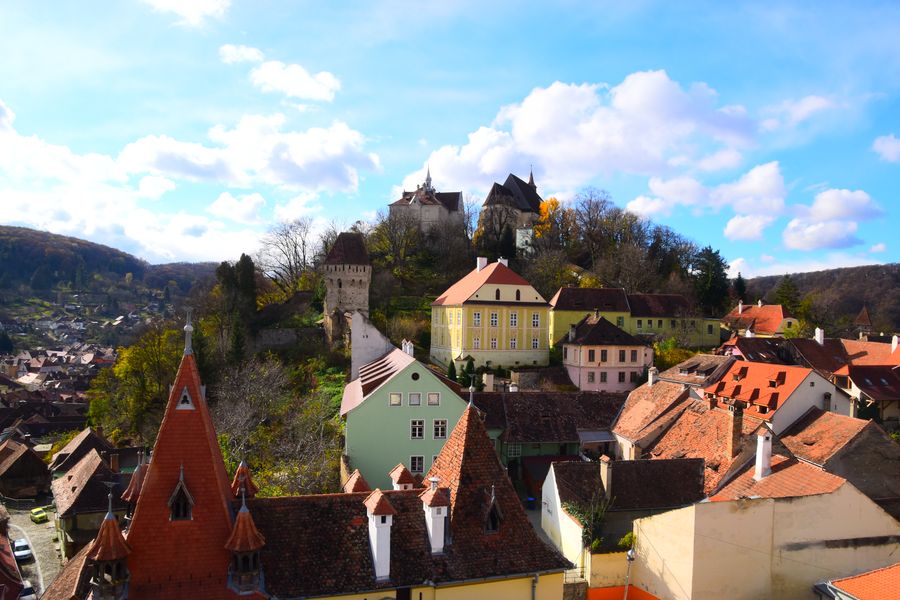
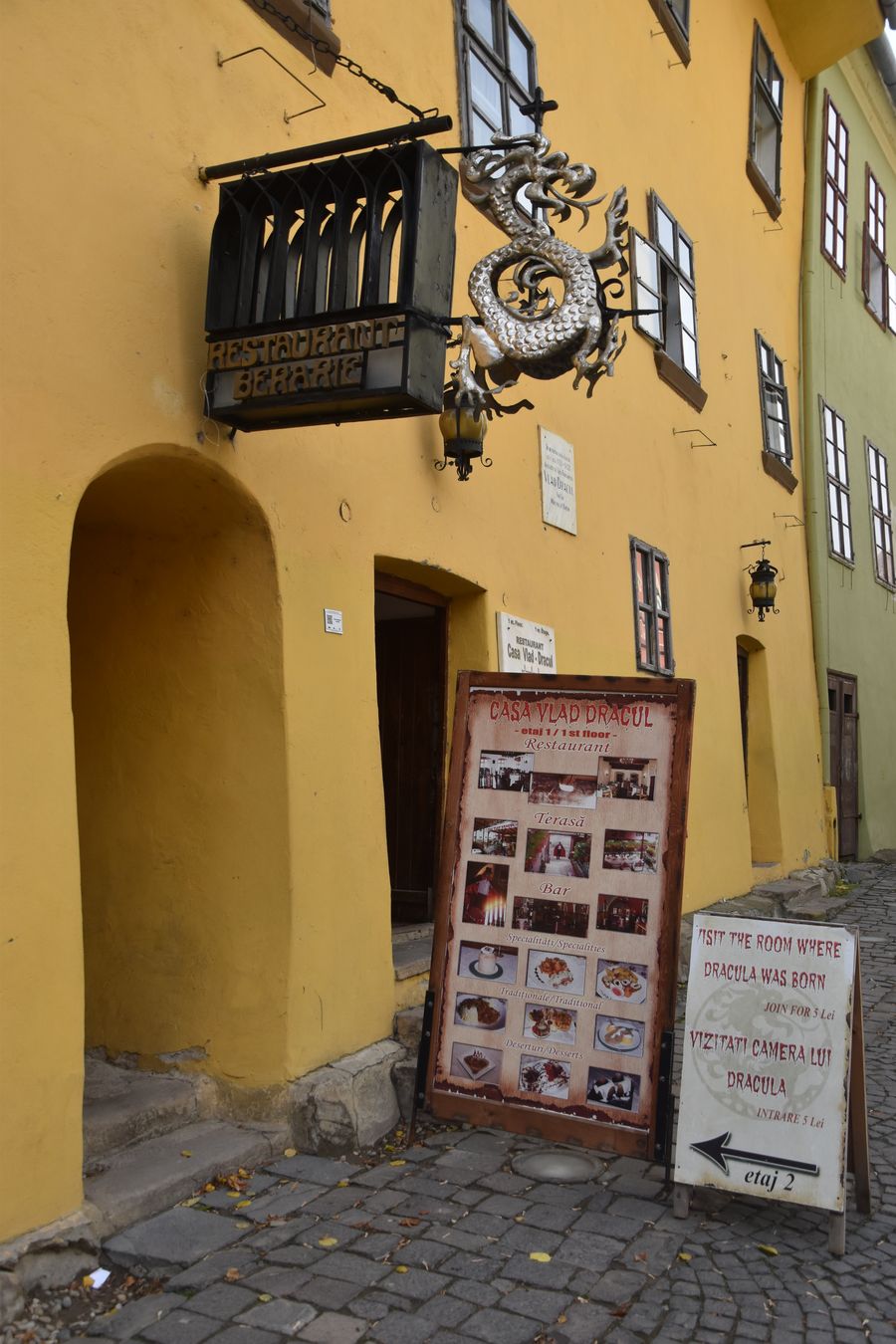
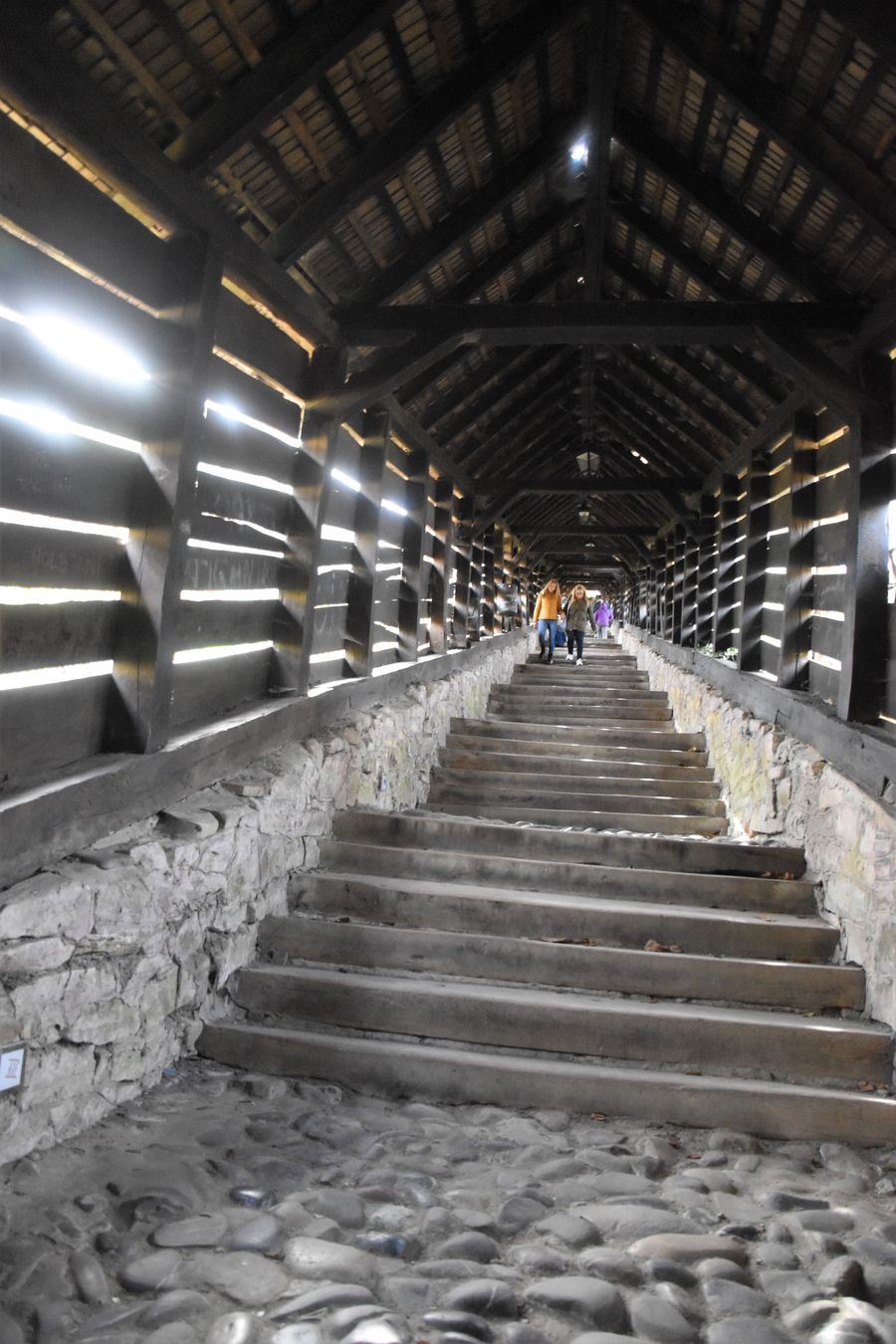
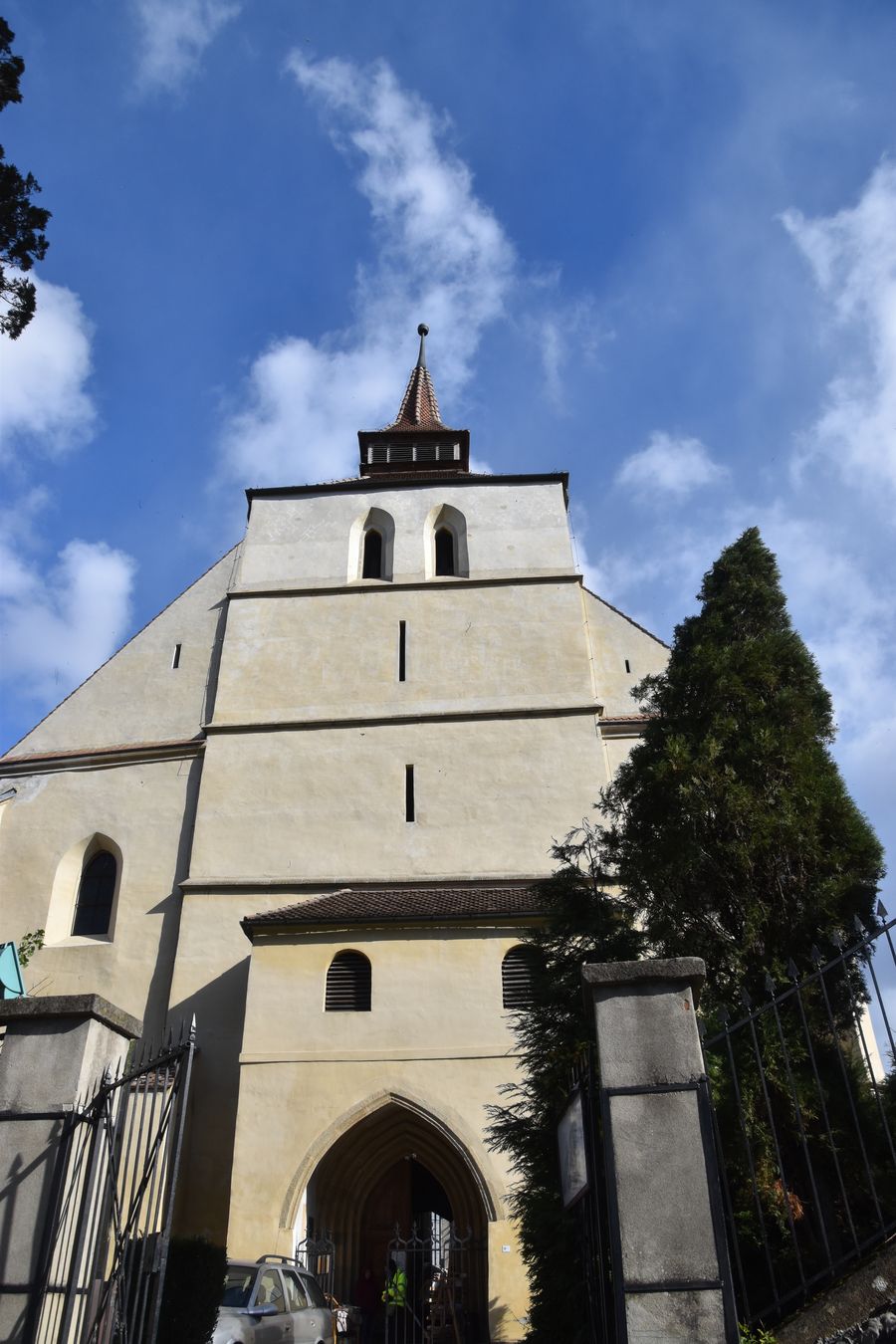
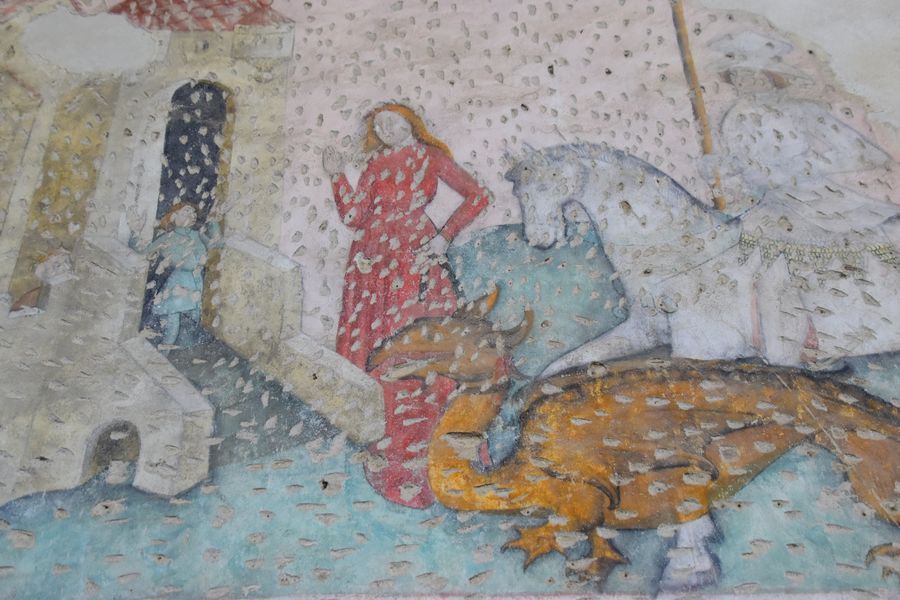
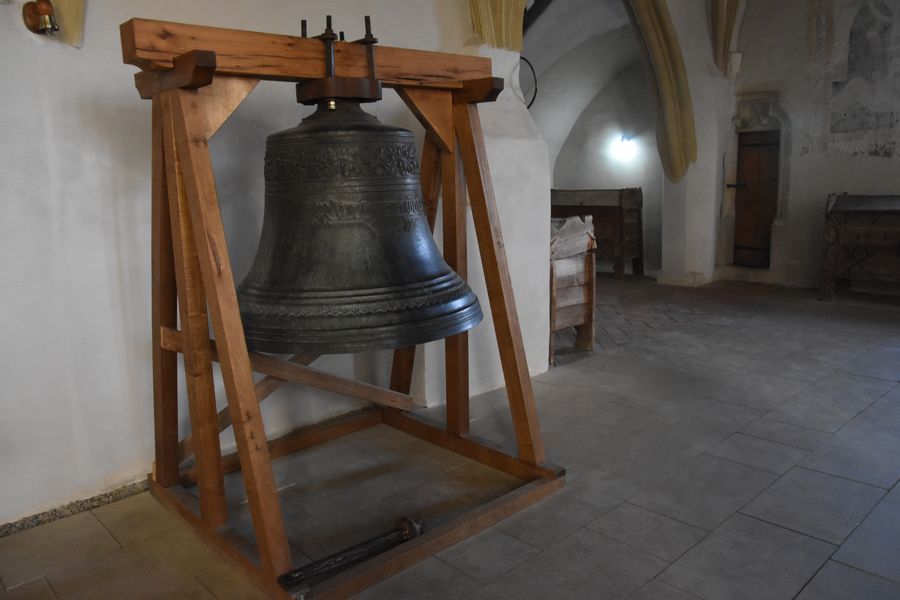

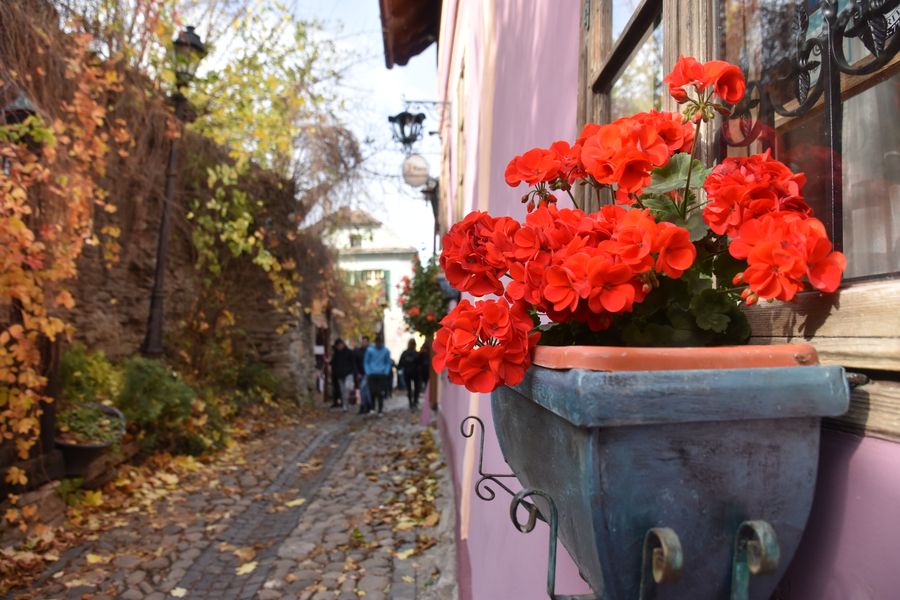
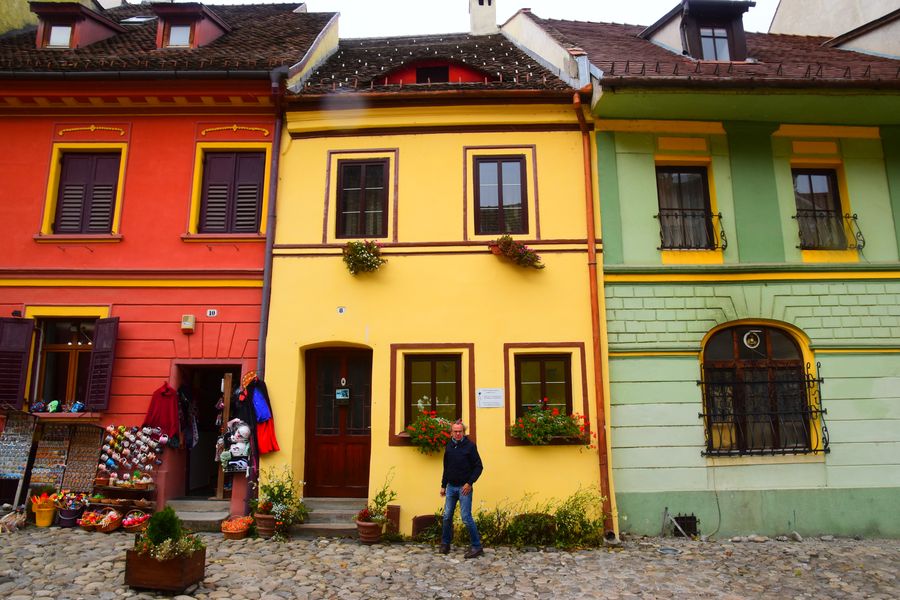
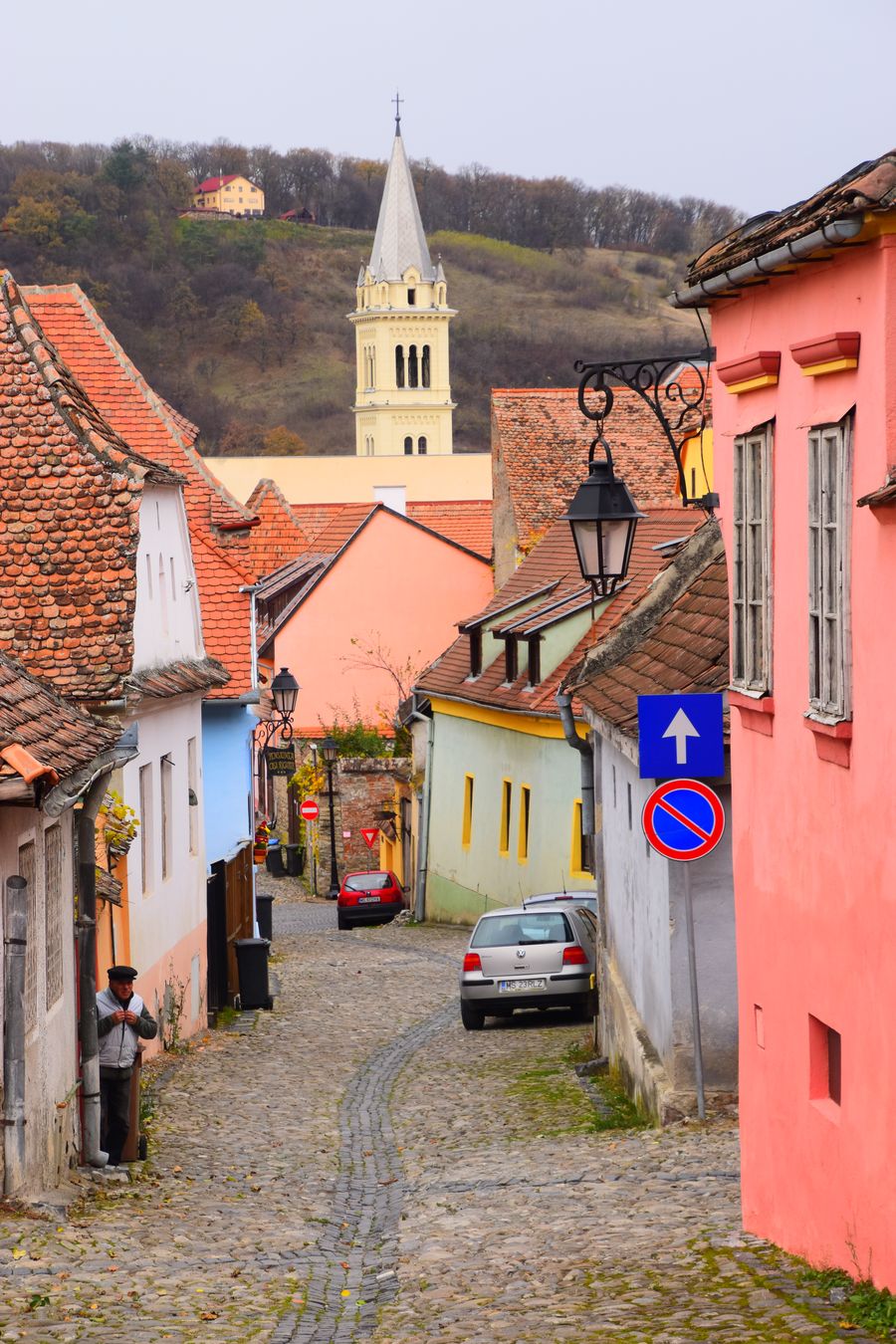
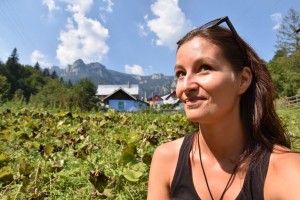
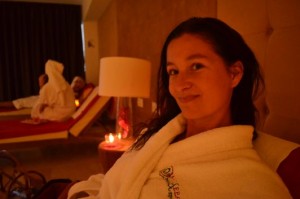
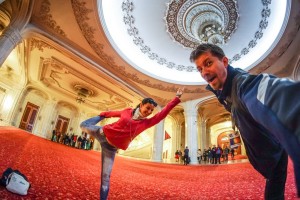
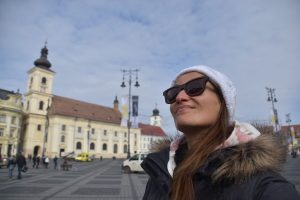
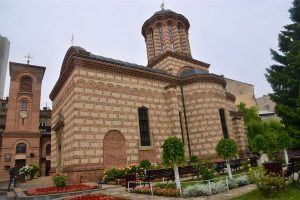

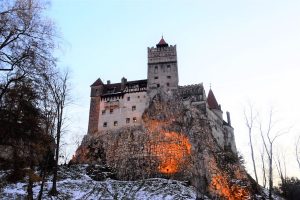

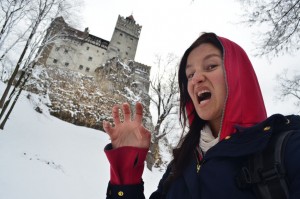
Corina
| #
Indeed, Alex, Sighisoara is amazing! What I like the most there are the small streets with very nice, hidden restaurants. Have you tried the local desert called ‘lichiu’?
Crazy Sexy Fun Traveler
| #
Yes, small narrow streets are beautiful there :) No, I haven’t tried the dessert there I think.
Maloni
| #
This sounds like a nice small place where a peace lover definitely wants to visit. Thanks Alex for sharing this post.
Crazy Sexy Fun Traveler
| #
Yes, exactly, such a peaceful town with pretty architecture :)